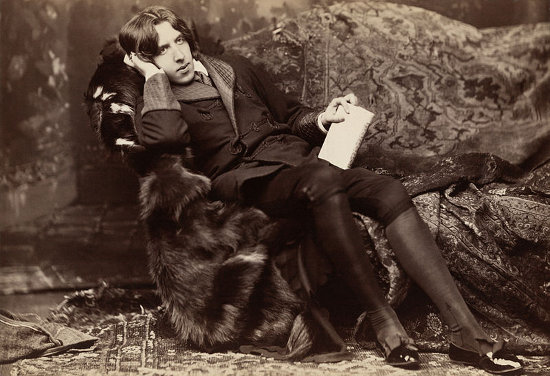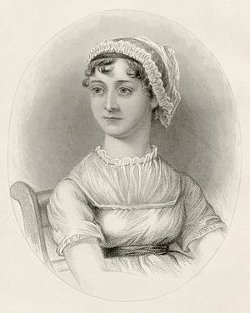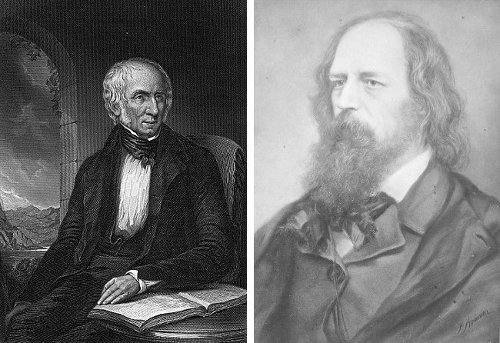
On a television show, Eddie Fisher complained to George S. Kaufman that women refused to date him because he looked so young. Kaufman considered this and replied:
“Mr. Fisher, on Mount Wilson there is a telescope that can magnify the most distant stars up to 24 times the magnification of any previous telescope. This remarkable instrument was unsurpassed until the construction of the Mount Palomar telescope, an even more remarkable instrument of magnification. Owing to advances and improvements in optical technology, it is capable of magnifying the stars to four times the magnification and resolution of the Mount Wilson telescope. Mr. Fisher, if you could somehow put the Mount Wilson telescope inside the Mount Palomar telescope, you still wouldn’t be able to detect my interest in your problem.”







